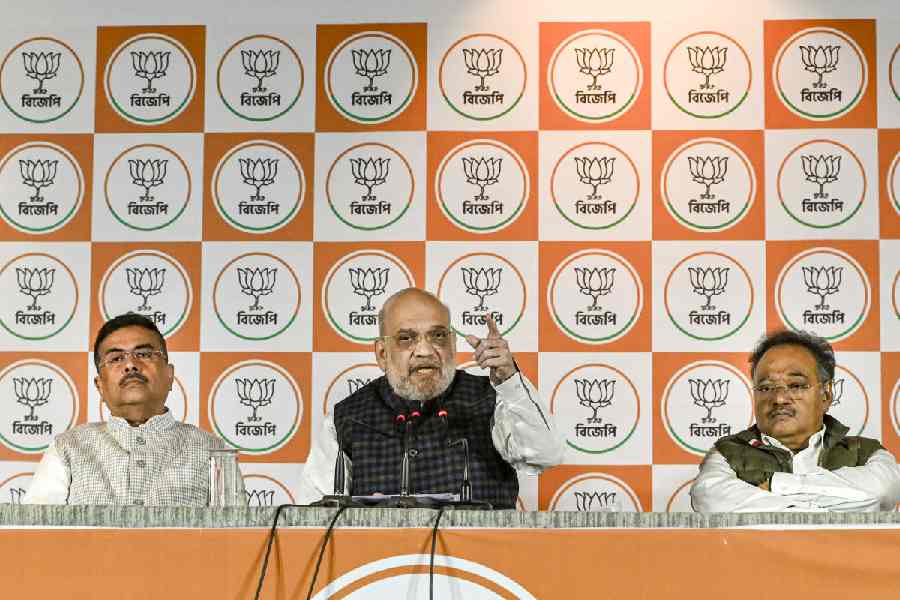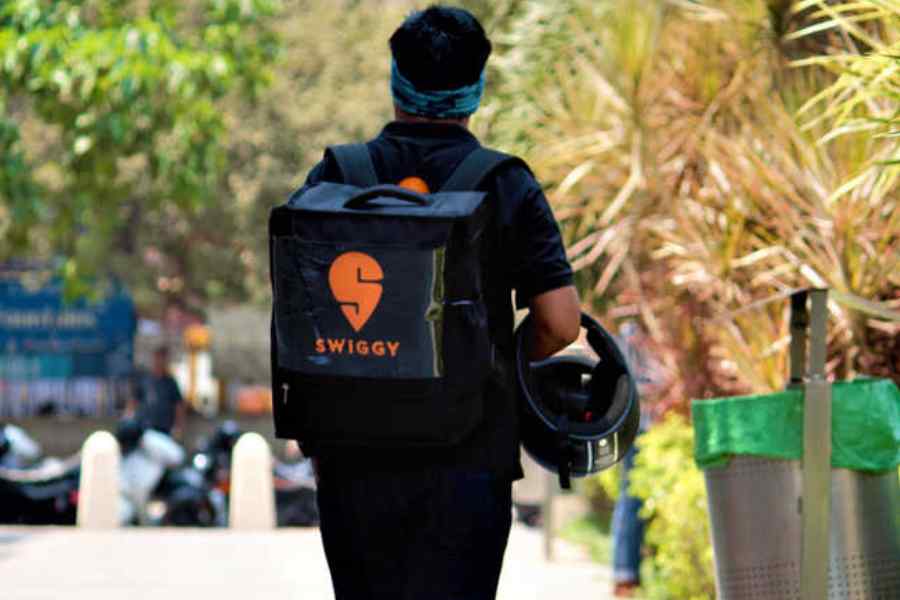Mumbai evaded an oxygen shortage crisis that has hit other cities with explosive Covid-19 surges by anticipating its own outbreak, tweaking treatment guidelines and executing well-coordinated oxygen deliveries, medical experts guiding Maharashtra’s Covid-19 response have said.
Dozens of patients have died in Delhi and other cities after hospitals ran short of oxygen but Mumbai hasn’t reported Covid-19 deaths under such circumstances, although its peak counts of active patients were comparable with those of the national capital.
The Supreme Court had on Wednesday asked the Centre to emulate Mumbai’s model in efforts to ensure adequate oxygen supplies reach hospitals.
Solicitor-general Tushar Mehta, representing the Centre in the Supreme Court, appeared to hint that Delhi was making an exaggerated claim for oxygen as Mumbai, which had similar case loads earlier, had managed with 275 metric tonnes of oxygen through “optimal institutional mechanisms”.
Delhi, which has an active caseload of 92,000 patients, had sought from the Centre — and received late Wednesday — 700MT of oxygen.
Doctors who are members of Maharashtra’s Covid-19 task force said Mumbai had during April experienced a surge in which counts of active patients rose to around 90,000, comparable with the 92,000 active patients in Delhi earlier this week.
“We anticipated the surge, changed our oxygen therapy guidelines, asked for rational oxygen use and oxygen audits,” said Shashank Joshi, a senior endocrinologist and member of the task force. “Overall, I think, the city was more organised, there was a lot of transparency and decentralised decisions.”
Joshi said the city’s municipal corporation played a key role in tracking the numbers of patients admitted in hospitals, anticipating the oxygen requirements on a daily basis, and chanelling supplies exactly where they were required.
The corporation divided the city into 24 wards and created “war rooms” for each ward, noting the number of patients admitted each day in each hospital under the ward and planning and diverting oxygen tankers to hospitals under stress.
“There was some struggle during the peak around April 11 or 12 when we had over 92,000 active cases, but overall hospitals received the oxygen supplies they needed,” Joshi said. “We also have strong oxygen audits,” he said, referring to measures to ensure that the life-saving gas is not wasted.
The medical team tweaked guidelines and urged doctors to try and achieve an oxygen saturation level between 93 to 95 per cent in patients who are on non-ventilation oxygen support and a level of about 90 in ventilated patients — instead of the earlier target of 97 to 98.
This change helped conserve oxygen, said Rahul Pandit, a critical care medicine specialist at the Fortis Hospital, Mumbai, who’s also a task force member.
“By March when cases started to increase, we were very very concerned about the need for oxygen, but these changes and audits have helped.”
Pandit said the medical team guiding the state relied on medical literature that had suggested that slightly lowering the oxygen saturation targets in patients with acute respiratory distress and on oxygen support improves the patients’ outcome.
A doctor and member of the task force who requested not to be named said the state government deserved credit for taking decisions based on guidance from “science and doctors”.
Members of the task force had recognised early during the surge — by mid-March — that the increase in daily cases appeared to be driven by a coronavirus variant more infectious than the ones circulating during the epidemic’s first wave last year.
“We noticed more people in the same household were getting infected this time compared with last year,” a task force member said.
“This implied greater transmissibility and a large surge — this helped us anticipate a spike and caution the government.”
Central health officials have also recommended the revised oxygen therapy guidelines, regular oxygen audits and the rational use of oxygen but, a public health expert in New Delhi said, these need to be rigorously adopted.











